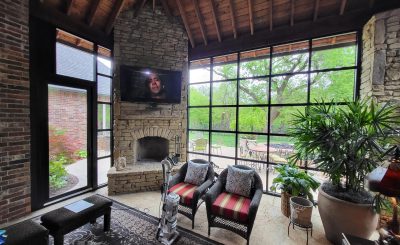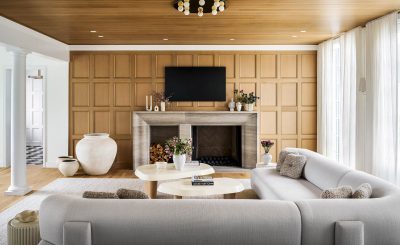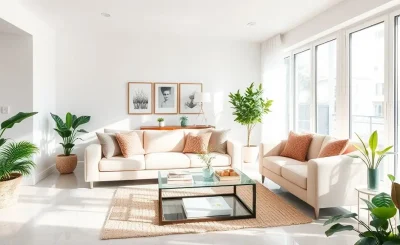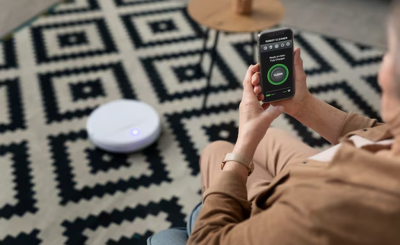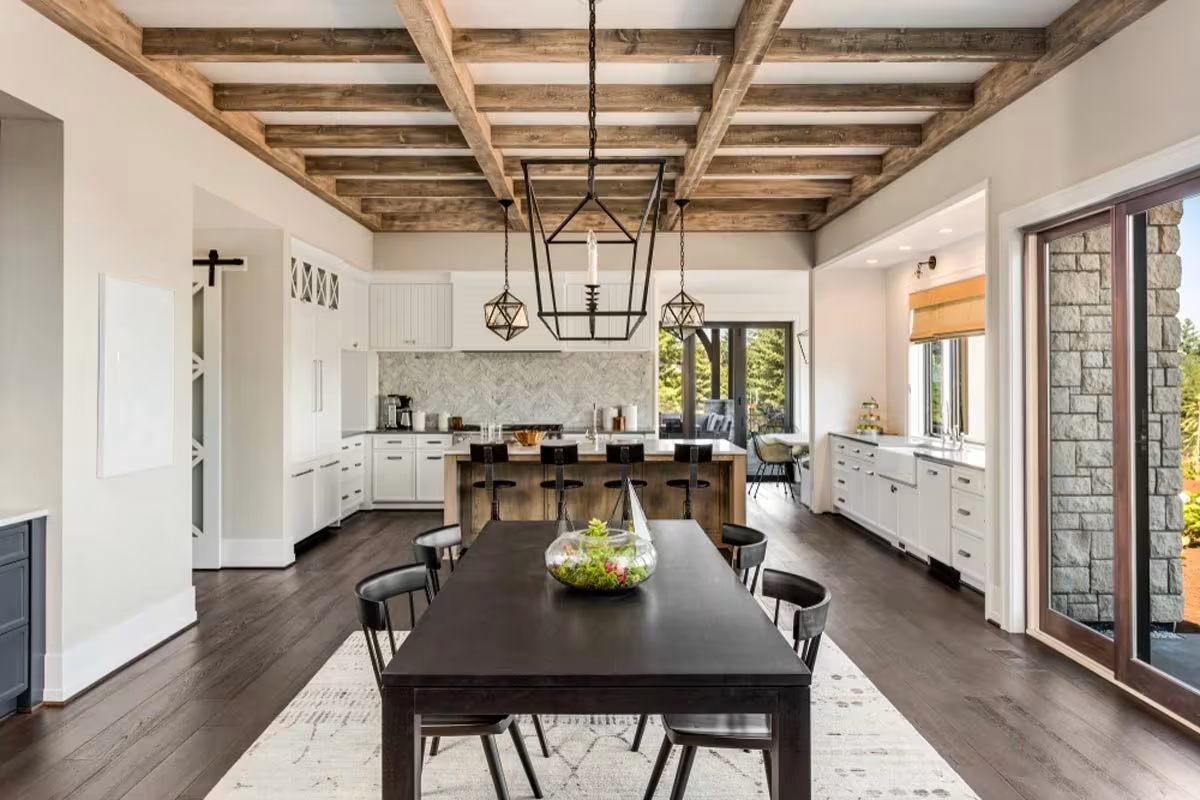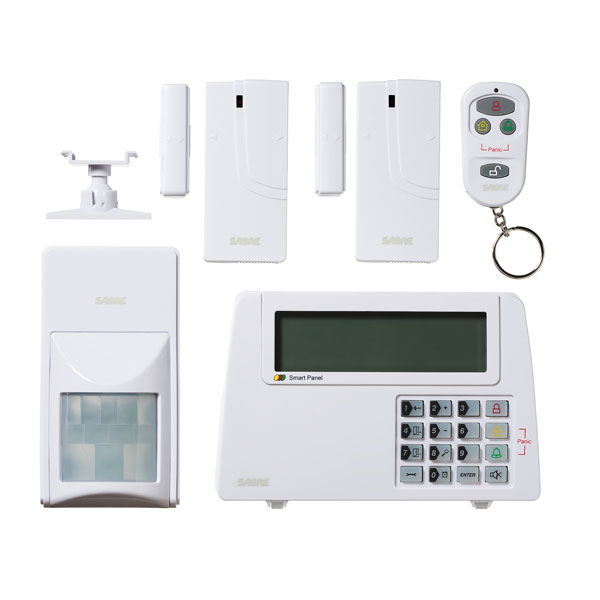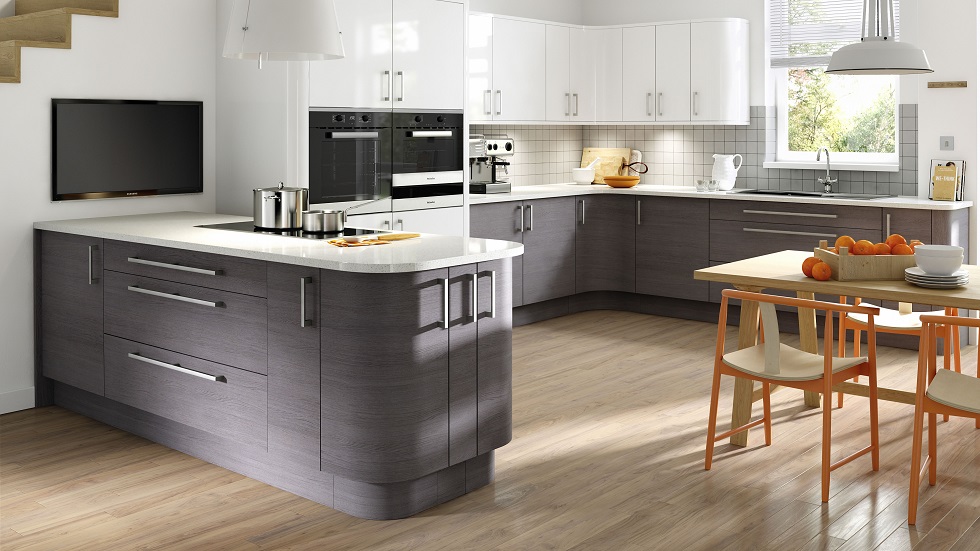Let’s be honest. The idea of “downsizing” to a retirement community or assisted living facility doesn’t sit well with everyone. For many of us, our home is more than just a house—it’s a repository of memories, a symbol of independence. It’s where we feel most like ourselves.
Well, what if you could stay? Thanks to the quiet revolution of smart home technology, aging in place is not just a hopeful idea; it’s a practical, achievable reality. It’s about using a little bit of tech to build a safety net that’s both invisible and incredibly powerful. This isn’t about turning your home into a sci-fi movie set. It’s about making it smarter, safer, and more responsive to your needs as they change.
Why Smart Tech is a Game-Changer for Seniors
Think of smart home automation as a helpful, silent roommate. One that never sleeps, never forgets, and is always looking out for you. The core benefits really boil down to three things.
1. Unmatched Safety and Security
Falls are, frankly, a top concern. But smart sensors can detect a fall or unusual inactivity and alert a family member or emergency services automatically. Forget leaving the stove on? Smart plugs and sensors can turn it off for you. Worried about who’s at the door? A video doorbell lets you see and speak to visitors without ever getting up.
2. Reinforced Independence and Control
This is the big one. With a simple voice command or a tap on a tablet, you can control the entire environment. “Hey Google, turn on the living room lights.” “Alexa, lock the front door.” This kind of control is empowering. It reduces the need to ask for help with small, sometimes frustrating tasks, preserving dignity and self-reliance.
3. Profound Peace of Mind (For Everyone)
This technology offers a gift to worried family members, too. They can check in digitally, receiving alerts that Mom is up and moving around in the morning or that she took her medication. It’s a connection that respects privacy while easing anxiety.
Building Your Smart Safety Net: A Room-by-Room Guide
You don’t need to overhaul your entire home in one weekend. Start small. Focus on the areas that address your biggest concerns or would make your daily life noticeably easier. Here’s a practical breakdown.
The Living Room and Bedroom: Comfort and Emergency Response
These are the spaces where you relax, so let’s make them secure.
- Smart Lighting: Motion-sensor lights can illuminate a path to the bathroom at night, eliminating fumbling for switches and reducing fall risks. You can also schedule lights to turn on at sunset, making the home feel lived-in and deterring burglaries.
- Voice Assistants: A device like an Amazon Echo or Google Nest is the brain of the operation. Use it to set reminders for medication, make hands-free calls, or control other smart devices. In an emergency, you can just say, “Alexa, call for help.”
- Fall Detection and Motion Sensors: Placed discreetly, these sensors can learn your daily patterns. If they detect no movement for an unusual period—or a sudden, heavy fall—they can send an alert. It’s a digital guardian angel.
The Kitchen: Preventing Accidents Before They Happen
The kitchen is the heart of the home, but it has its hazards.
- Smart Smoke and Carbon Monoxide Detectors: Unlike traditional alarms, a smart detector like Nest Protect will send an alert to your phone if it goes off, telling you exactly where the problem is. No more wondering if it’s a false alarm from downstairs.
- Smart Plugs and Appliances: Plug your coffee maker, kettle, or even stove into a smart plug. You can turn it off remotely from your phone or set it on a timer. Did I leave the iron on? Check your phone and turn it off without panicking.
- Automated Medication Dispensers: These fantastic devices lock and dispense pills at pre-set times. They’ll sound an alarm and won’t stop until you take your dose. It’s one of the most effective ways to manage complex medication schedules.
Doors and Entrances: Your First Line of Defense
Security and accessibility start at the door.
- Video Doorbells: See who’s at the door from your chair or your phone. Talk to delivery people or tell a solicitor you’re not interested without ever opening the door. It adds a powerful layer of security.
- Smart Locks: No more fumbling for keys. You can unlock the door with a code, your fingerprint, or your phone. You can even create temporary codes for caregivers or family members. And you can always check to make sure the door is locked from bed.
- Smart Security Cameras: For inside or outside, these provide live feeds and can alert you to movement. It’s great for checking on things when you’re away, or for family to peek in and see that you’re okay.
Getting Started Without the Overwhelm
The sheer number of products can be paralyzing. Here’s the deal: you don’t need all of it. The key is to think in systems, not just individual gadgets.
First, identify one or two pain points. Is it worrying about falls? Start with a medical alert system or motion sensor. Is it forgetting to turn off appliances? A few smart plugs are a cheap and easy first step.
Second, prioritize compatibility. Try to stick with one ecosystem—like Google Home, Amazon Alexa, or Apple HomeKit. This ensures all your devices can talk to each other. You don’t want a house full of gadgets that refuse to communicate.
And finally, involve the family. Have a tech-savvy grandchild or child help with the initial setup. It can be a fun project that brings everyone together, and it ensures the system is configured correctly from the start.
A Quick Look at Common Smart Devices
| Device Type | Primary Benefit | Ease of Use |
|---|---|---|
| Voice Assistant (e.g., Amazon Echo) | Central control hub; voice commands | Very High |
| Smart Plug | Remote control of lamps and appliances | High |
| Video Doorbell | Security and visitor screening | Medium |
| Smart Lock | Keyless entry; remote locking | Medium |
| Motion Sensor | Activity monitoring; automatic lighting | Medium |
The Human Touch in a Digital World
For all the talk of gadgets and algorithms, the real goal of this technology is profoundly human. It’s not about replacing human contact—far from it. It’s about freeing up energy. By letting a smart home handle the small stuff, the constant low-grade worry, you create more space for the things that truly matter: phone calls with old friends, enjoying a hobby, spending quality time with family without the underlying stress of “what if.”
It’s a tool for maintaining your story in the place you love most. And honestly, that’s a future worth building, one smart device at a time.



